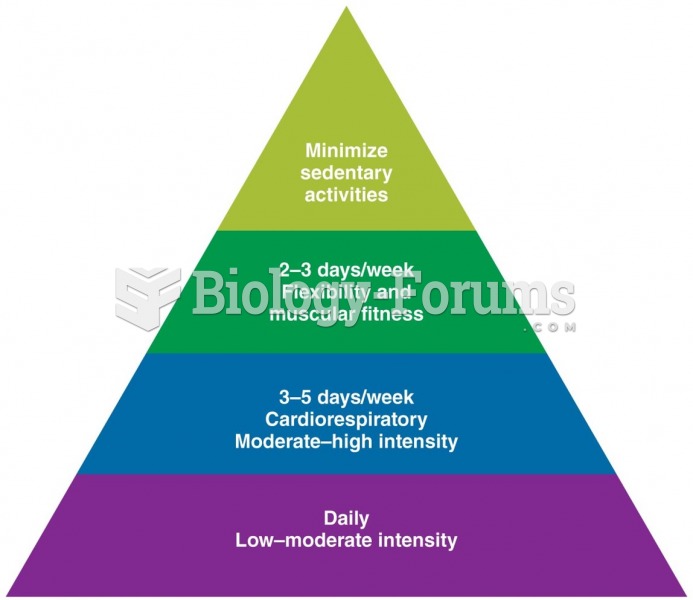Answer to Question 1
D
Explanation: D) A member shall not express an opinion or state affirmatively that the financial statements of an entity are presented in conformity with GAAP.
Answer to Question 2
1.
Trophies Plaques Total
Direct materials
Forming 26,000 22,500
Assembly 5,200 18,750
Total 31,200 41,250
Direct manufacturing labor
Forming 31,200 18,000
Assembly 15,600 21,000
Total 46,800 39,000
Total direct costs 78,000 80,250 158,250
= =
Trophies Plaques Total
Direct materials 31,200 41,250 72,450
Direct labor 46,800 39,000 85,800
Total direct cost 78,000 80,250 158,250
Allocated overhead 55,544 57,148 112,692
Total costs 133,544 137,398 270,942
Allocated overhead = Total direct cost Budgeted overhead rate (0.712114).
2. =
=
= 0.91 per Forming Department direct manuf.-labor dollar
=
=
= 1.121718 per Assembly Department direct cost dollar
Trophies Plaques Total
Direct materials 31,200 41,250 72,450
Direct labor 46,800 39,000 85,800
Total direct cost 78,000 80,250 158,250
Allocated overhead
Forming Dept.a 28,392 16,380 44,772
Assembly Dept.b 23,332 44,588 67,920
Total costs 129,724 141,218 270,942
Trophies Plaques Total
a Forming Dept.
Direct manufacturing labor costs 31,200 18,000 49,200
Allocated overhead
(0.91 31,200; 18,000) 28,392 16,380 44,772
b Assembly Dept.
Total direct costs
(5,200 + 15,600; 18,750 + 21,000) 20,800 39,750 60,550
Allocated overhead
(1.121718 20,800; 39,750) 11,666 22,294 33,960
3.
Forming Department
= = 153.84615 per batch
= = 0.422195 per direct-labor dollar
Assembly Department
= = 315.06849 per batch
= = 0.598907 per direct manuf.-labor dollar
Trophies Plaques Total
Direct material costs 31,200 41,250 72,450
Direct labor costs 46,800 39,000 85,800
Total direct costs 78,000 80,250 158,250
Forming Dept. overhead
Set up
153.84615 40; 116 6,154 17,846 24,000
Supervision
0.422195 31,200; 18,000
13,172 7,600 20,772
Assembly Department overhead
Set up
315.06849 43; 103
13,548 32,452 46,000
Supervision
0.598907 15,600; 21,000
9,343 12,577 21,920
Total costs 120,217 150,725 270,942
4. As Triumph uses more refined cost pools, the costs of trophies decreases, and costs of plaques increases. This is because plaques use a higher proportion of cost drivers (batches of set ups and direct manufacturing labor costs) than trophies, whereas the direct costs (the allocation base used in the simple costing system) are slightly smaller for plaques compared to trophies. This results in plaques being undercosted and trophies overcosted in the simple costing system.
Department costing systems increase the costs of plaques relative to trophies because the forming department costs are allocated based on direct manufacturing labor costs in the forming department and plaques use more direct manufacturing labor in this department compared to trophies.
Disaggregated information can improve decisions by allowing managers to see the details that help them understand how different aspects of cost influence total cost per unit. Managers can also understand the drivers of different cost categories and use this information for pricing and product-mix decisions, cost reduction and process-improvement decisions, design decisions, and to plan and manage activities. However, too much detail can overload managers who don't understand the data or what it means. Also, managers looking at per-unit data may be misled when considering costs that aren't unit-level costs.







